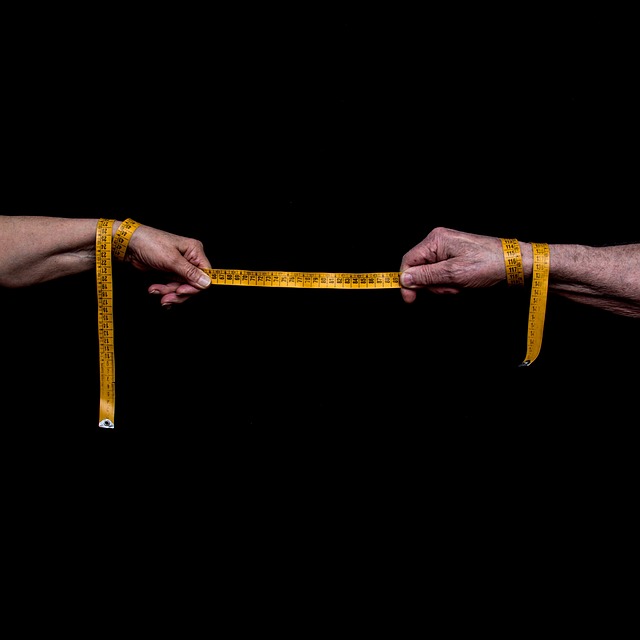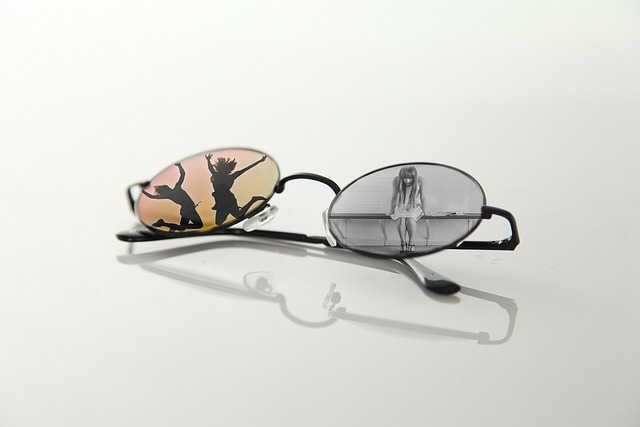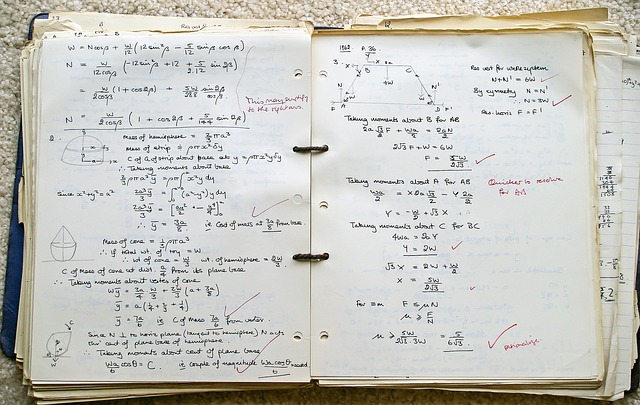
SI Units: The Metric System's Superstars
The International System of Units, commonly known as SI (from the French Système international d'unités), is the measurement system that keeps our world in check. It’s like the universal language of measurement, allowing us to compare apples to oranges—well, if those apples and oranges are measured in the same units, that is. 🍏🍊
Let’s take a dive into the world of SI units, where numbers and measurements come together in a harmonious dance of logic and reason. Whether you’re measuring the distance to your favorite coffee shop or the weight of that extra slice of cake you just couldn’t resist, SI units have got you covered!
What Are SI Units?
At its core, the SI system is built on seven base units. Think of these as the fundamental building blocks of measurement. Here they are:
- Second (s) - the unit of time
- Metre (m) - the unit of length
- Kilogram (kg) - the unit of mass
- Ampere (A) - the unit of electric current
- Kelvin (K) - the unit of thermodynamic temperature
- Mole (mol) - the unit of amount of substance
- Candela (cd) - the unit of luminous intensity
These units are the backbone of the SI system, and they help us quantify everything from the speed of light to how much caffeine is in your morning brew. ☕
Why Use SI Units?
SI units are the most widely used measurement system across the globe. They’re like the popular kid in school that everyone wants to be friends with. Why? Because they provide a coherent and consistent way to measure things, making them essential in science, technology, and everyday life.
Imagine trying to bake a cake using a mix of imperial and metric measurements. One moment you’re measuring flour in cups, and the next you’re using grams. It’s a recipe for disaster—or at least a very confusing cake. SI units help avoid such culinary catastrophes by providing a standardized approach.
Prefixes: The SI Units’ Best Friends
To make SI units even more versatile, there are twenty-four prefixes that can be added to these base units. These prefixes allow you to express quantities that are either very large or very small. For example:
- Kilo- (k) means a thousand times the unit (1 km = 1,000 m)
- Cent- (c) means one hundredth of the unit (1 cm = 0.01 m)
- Milli- (m) means one thousandth of the unit (1 mm = 0.001 m)
This system of prefixes is like a Swiss Army knife for measurements, allowing you to tackle anything from atomic scales to astronomical distances with ease.
Conclusion
In summary, SI units are not just a set of arbitrary numbers; they are the foundation of modern measurement. They provide clarity, consistency, and a whole lot of convenience in our daily lives. So, the next time you find yourself measuring something—be it a new bookshelf or the distance to your favorite hiking trail—remember the SI units and their prefixes. They’re the unsung heroes of the measuring world!

















 Handgun Ballistics Comparison Stopping Power
Handgun Ballistics Comparison Stopping Power 
 Health
Health  Fitness
Fitness  Lifestyle
Lifestyle  Tech
Tech  Travel
Travel  Food
Food  Education
Education  Parenting
Parenting  Career & Work
Career & Work  Hobbies
Hobbies  Wellness
Wellness  Beauty
Beauty  Cars
Cars  Art
Art  Science
Science  Culture
Culture  Books
Books  Music
Music  Movies
Movies  Gaming
Gaming  Sports
Sports  Nature
Nature  Home & Garden
Home & Garden  Business & Finance
Business & Finance  Relationships
Relationships  Pets
Pets  Shopping
Shopping  Mindset & Inspiration
Mindset & Inspiration  Environment
Environment  Gadgets
Gadgets  Politics
Politics 